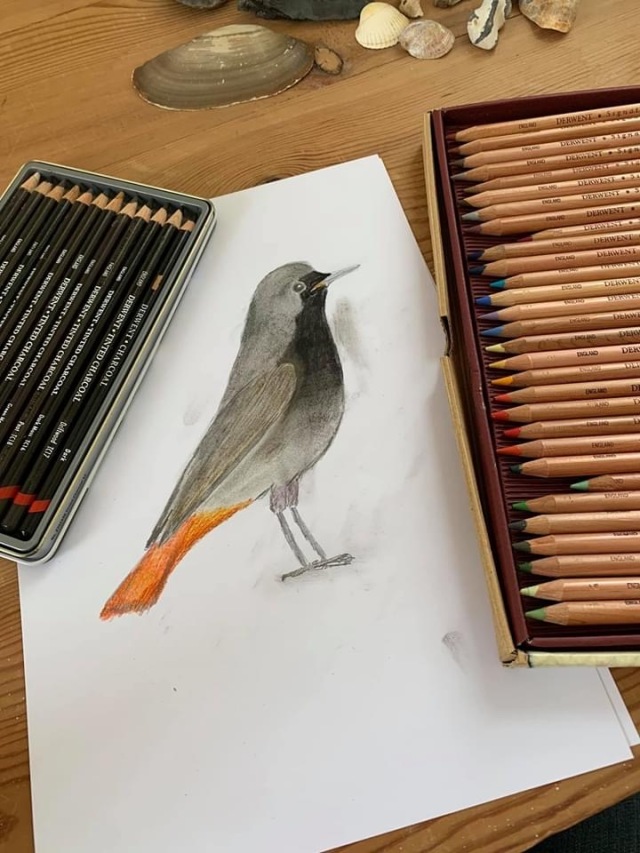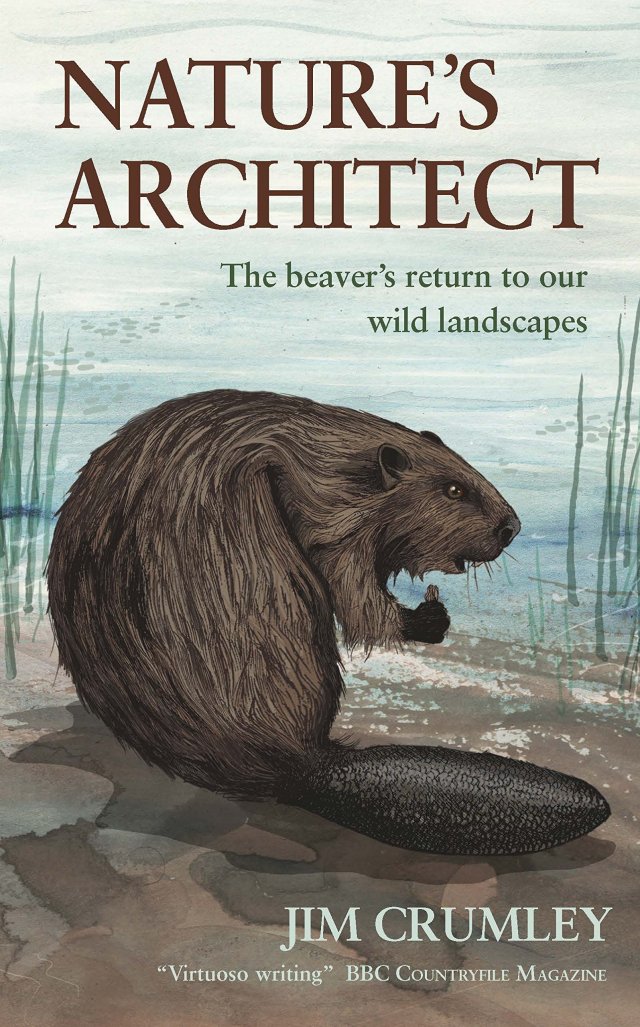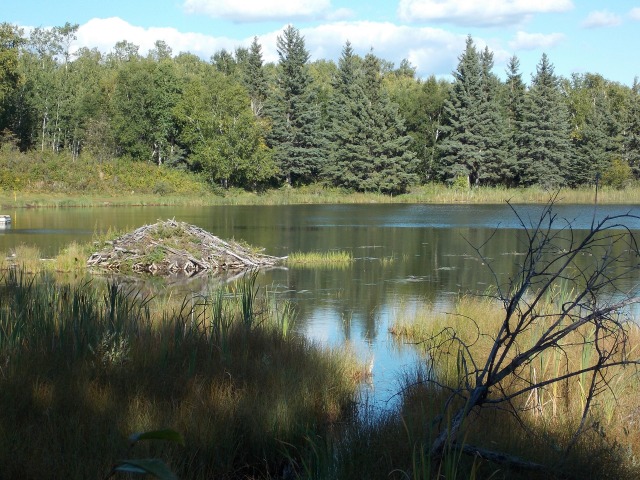A few months ago, I found myself reading Simon Barnes’ “On the Marsh”. This lovely book tells how Simon and his family connected to a piece of marshland they purchased and took on to manage together. One of the activities he takes part in with his son, Eddie – who has Downs Syndrome – is “Wild June”. Wild June is organised by the Wildlife Trusts, and challenges participants to do something wild each day throughout the month. The book, just as Wild June aims to be, is about getting closer to the natural wonders on our doorstep, and discovering the power of nature to transform us all.
The impact of the covid-19 pandemic has been felt by us all. It has left tragedy, despair, grief, anger, and an uncertain future in its wake. And it’s not over yet. Like many, the restriction of an hour’s daily exercise in my local area became a lifeline. I was furloughed from my day job, and as someone who has suffered from depression in the past, I was very aware of the potential threat to my mental health. Luckily, just as it has been for so many of us, nature was there for me. From discovering a beautiful patch of woodland close to my home, to the dawn chorus and a multitude of new life in the hedgerows and skies, I had a daily escape into a world filled with life, wonder, and beauty. With an entire month of potential blues-beating benefits beckoning, I couldn’t wait to take part in my first Wild June.
As it approached, I downloaded the free pack from the Wildlife Trusts’ website. It included a print-out calendar and a workbook of suggestions; most of which were quickly dismissed and replaced with more ambitious plans of my own. And, some were a little tamer, just for balance!
Today is day 26 of Wild June, and it’s also National Writing Day, so a blog summing up the experience and what has meant the most to me seemed very fitting. You can find everything I’ve got up to on my Instagram account. But, here’s some highlights and reflections for now.
I was a few days in when I dusted off my expensive box of charcoals and colouring pencils and attempted to draw one of my favourite birds – a black redstart. I’m not sure how long I spent – first softly creating the outline, then adding some detail, and finally smudging eagerly – but by the end, something incredible had happened. The time I had spent concentrating on the shape of the slender, sharp-tipped beak of an insectivore had helped me understand this bird better. Its svelte, curved wings gave the fast flight it needed to snatch midges from the air. And those volcanic-coloured tail feathers and gradated black chest reminded me of the striking male I had seen in a coastal Spanish woodland many years ago – and to this date remains my one sighting of this stunner in the wild.

In short, this free-of-charge activity had freed me of all pandemic-related pessimism and panic. I had become reacquainted with a hobby I used to love, and from the confines of my desk, had re-visited Spain. My mind was cleared and calm. And this was to become a recurring theme. A greater and better narrative on how connecting with nature can positively impact mental health is Bird Therapy, by Joe Harkness – a wild read that has also been part of my Wild June journey.
A simple experience that delivered actual and immediate connection, was grounding. This is the easy-to-do activity of walking barefoot. For this, I chose Marden Meadow, a local Kent Wildlife Trust reserve that represents one of the finest, unimproved hay meadows in the country – sporting rare orchids and a medley of other wild flowers as a result. I walked the perimeter of all three meadows sans shoes, and I’m not kidding when I say it was euphoric. I felt invigorated. I could feel the warmth of the earth, the caress of the grass, and gentle vibrations that a few millimetres of rubber of leather would have cancelled out. Some of the instant physiological benefits grounding can deliver include sleeping better, pain relief, and decreased muscle tension. But my visit also reminded that you never know what you’ll encounter when spending time in nature. As I headed back through the meadow, I was treated to a splendid male yellowhammer singing its signature song of “a little bit of bread and no cheese”. This in turn reminded me of early, self-taught lessons in birdsong, and the habit of adding lyrics and using mnemonics to remember them. Favourites include “please, please, please to meet’cha” – of the chestnut-sided warbler (which I’m unlikely to encounter in the UK); the aforementioned yellowhammer; and the brilliant “who me? I’m Cetti, and if you don’t like it, f**k off”, invented by Simon Barnes for the Cetti’s warbler.
It was another case of not merely connection – but reconnection. Something I used to do and enjoy, but had perhaps lost the knack as adulting took over. But I think it’s more than that. Nature is something that we all used to be familiar with, and know well. And, as I read news stories and social media posts about how nature has brought comfort to many in lockdown, I think this is being experienced on a wider (or wilder) scale. We are being reminded that we used to be closer to our wild neighbours – and that the harmony we enjoyed was good for us.
But sadly, the song of the yellowhammer is, for the main part, missing from our fields these days. But, more positively, although you never know what you’re going to get with nature – you will always get something.
Yesterday was one of the hottest days recorded in June, and it made for a great day to rekindle another lost love – wild swimming! For this activity, I picked England’s smallest town – Fordwich, and the beautiful, crystal clear waters of the River Stour. Right now, just 24 hours later, it might be the best thing I’ve done so far. Plunging into the water after a short, running jump from the footpath, brought instant relief to the sweltering heat. And I immediately entered a different world. One of swaying river grass, and alarmed yet curious bands of roach – silver-sided fish whose scales glistened in the sun in sharp contrast to their jet-black fins and tails. I also glimpsed the tiger stripes of a solitary, predatory perch deeper down. But also, it pushed me to be adventurous. The current of the Stour is strong, and demands confidence. Following it, underneath the bridge and into unknown territory, demanded courage. But, I found it – and floated effortlessly downstream to eventually haul myself out at the local canoe club, leaving a dripping, yet satisfying walk back along the river, and eventually to the car. A change of t-shirt, and a towel on the driving seat spared me a full change somewhere along the way. It was only a 500-metre swim, but I felt like I’d conquered Mount Everest.
There are still a few days of Wild June to go, and I have rock-pooling, pond-dipping, and finding a reptile to look forward to. But also, with the arrival of “365 Days Wild” by Lucy McRobert, I will also end my month with a pledge to fill my year with even more wild connection, activism, conservation, and adventure. For the last three months, nature really has been there for so many of us. It has brought us unrelenting comfort, joy, and escape in unprecedented and difficult times. As a sense of normality begins to creep back into our lives, let’s try to remember to return the favour. Nature needs us. In the last few days, over 41 tonnes of rubbish has been removed from Bournemouth beach. Imagine how much plastic – including faeces-filled fast food containers, made it into the ocean. Before we rush back to normal, let’s use this once-in-a-lifetime opportunity to consider what is worth rushing back to…what’s important to us when things really get bad…and what’s important for our future, and the future of the planet.







